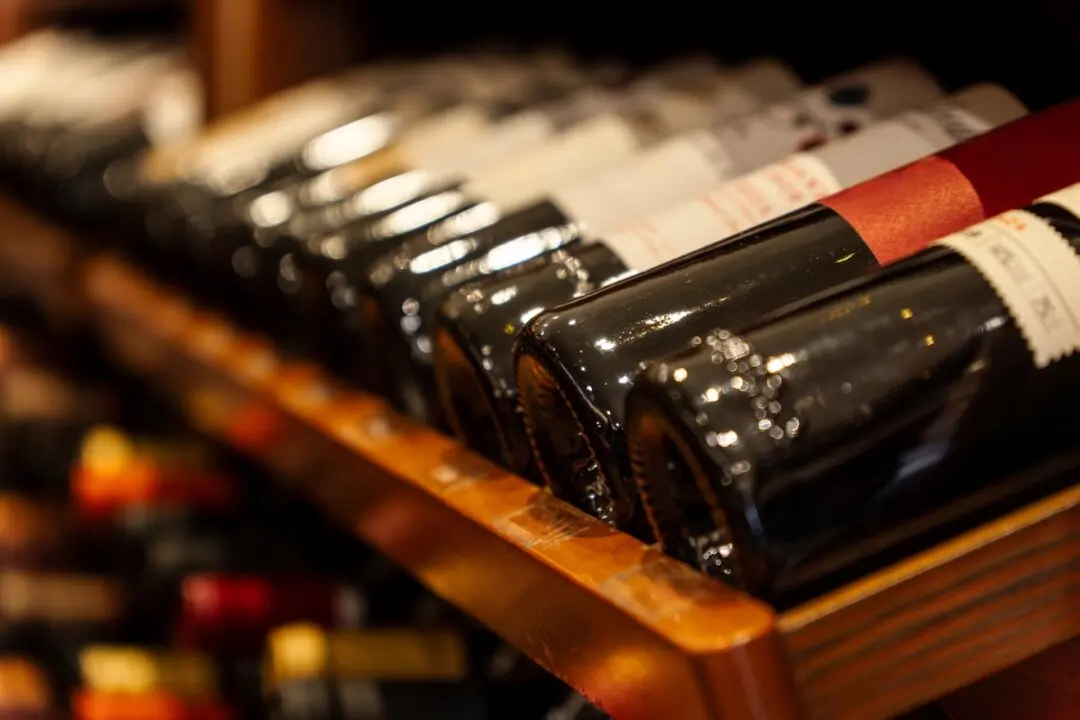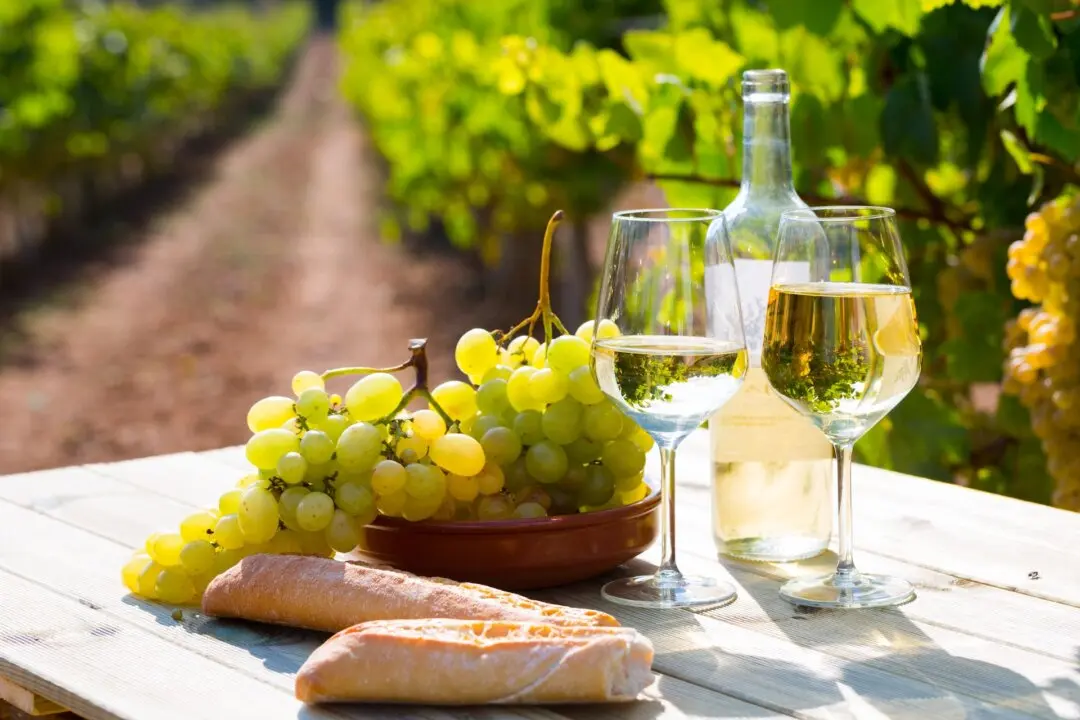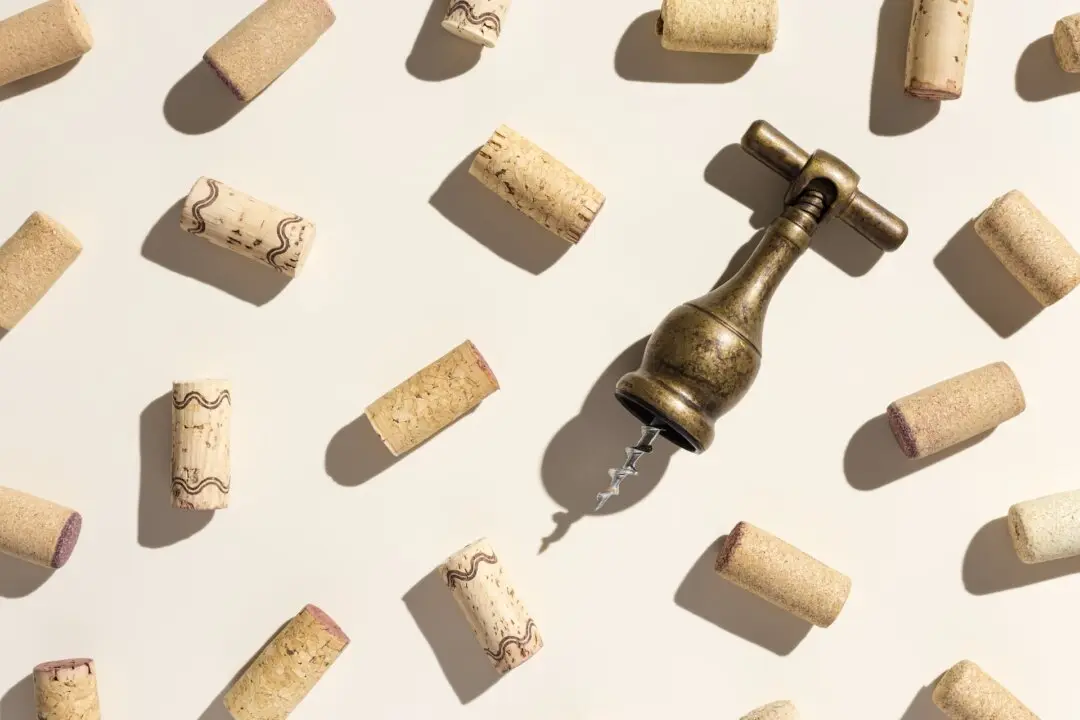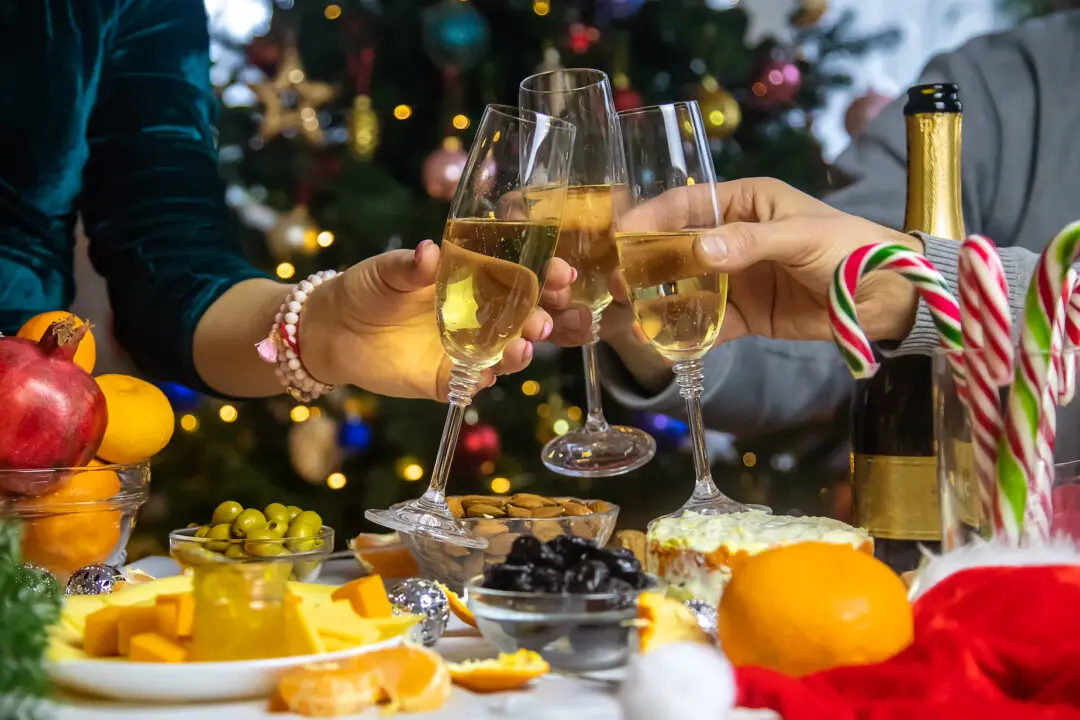Excluding breakfast, I consider a meal without a glass of wine to be a missed opportunity. I think of wine as an enhancement of food and a simple way to improve almost all victuals.
Not every wine has to be great. Sometimes, a simple glass of simple wine is just fine. And while making the proper food and wine pairing is fun, it’s by no means necessary.





